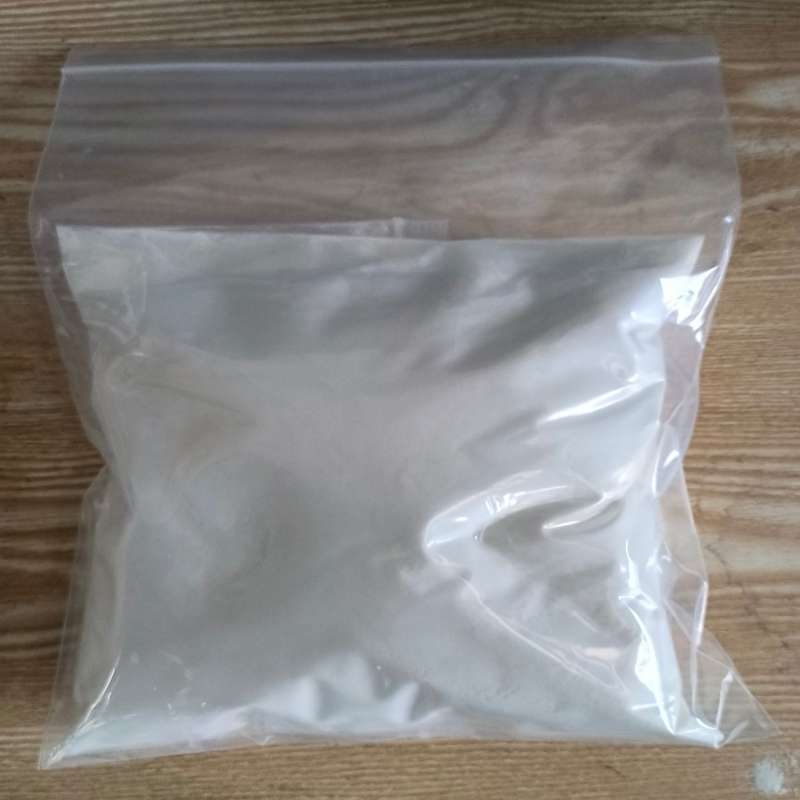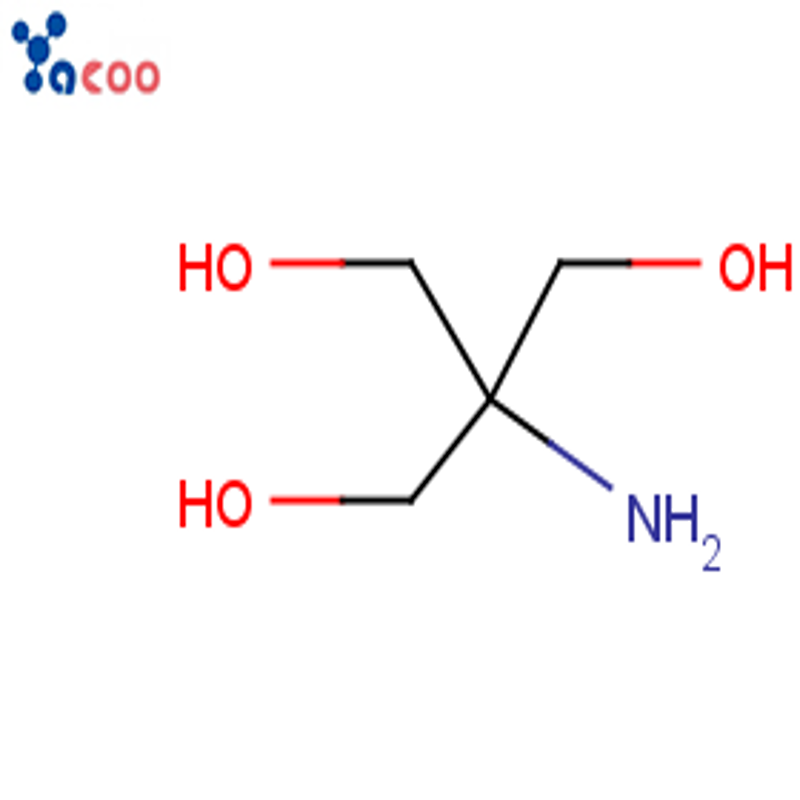-
Categories
-
Pharmaceutical Intermediates
-
Active Pharmaceutical Ingredients
-
Food Additives
- Industrial Coatings
- Agrochemicals
- Dyes and Pigments
- Surfactant
- Flavors and Fragrances
- Chemical Reagents
- Catalyst and Auxiliary
- Natural Products
- Inorganic Chemistry
-
Organic Chemistry
-
Biochemical Engineering
- Analytical Chemistry
-
Cosmetic Ingredient
- Water Treatment Chemical
-
Pharmaceutical Intermediates
Promotion
ECHEMI Mall
Wholesale
Weekly Price
Exhibition
News
-
Trade Service
Di-o-tolylguanidine (DOTG) is an important organic chemical compound that is widely used in the production of various materials, including dyes, pigments, and pharmaceuticals.
The production process of DOTG involves several steps, which are carefully controlled to ensure the quality of the final product.
In this article, we will discuss the production process of DOTG in the chemical industry.
Step 1: Preparation of the Reactants
The production of DOTG starts with the preparation of the reactants.
Oleic acid and anhydrous sodium carbonate are the two main reactants used in the production of DOTG.
Oleic acid is a fatty acid that is derived from vegetable oil, while anhydrous sodium carbonate is a white, powdery substance that is commonly used as a catalyst in chemical reactions.
Step 2: Esters Intermediates Preparation
The next step in the production of DOTG is the preparation of esters intermediate.
The esters intermediate is prepared by reacting oleic acid with sodium carbonate in the presence of an acid catalyst, such as sulfuric acid.
This reaction results in the formation of an ester intermediate, which is a colorless liquid.
Step 3: Nitrylation
The ester intermediate is then nitrated to produce DOTG.
The nitration reaction is carried out in the presence of nitric acid and a solvent, such as water or acetonitrile.
The reaction produces DOTG, which is a yellow or greenish-yellow liquid.
Step 4: Recrystallization
After the nitration reaction, the DOTG is purified by recrystallization.
Recrystallization is a process in which the DOTG is dissolved in a solvent, such as water or ethanol, and then allowed to cool slowly.
The resulting crystals are then collected and dried, resulting in a pure form of DOTG.
Step 5: Characterization
The final step in the production of DOTG is characterization.
Characterization is a process in which the physical and chemical properties of the DOTG are determined.
This is done to ensure that the DOTG meets the required specifications for use in various applications.
Overall, the production process of DOTG involves several steps, which are carefully controlled to ensure the quality of the final product.
The production of DOTG is a complex process that requires careful attention to detail and the use of specialized equipment and chemicals.
However, with proper management, the production of DOTG can be a highly efficient and profitable process for chemical companies.







